Sony WH-1000XM5 vs Bose Noise Cancelling Headphones 700: which are best?
Premium wireless headphones face off
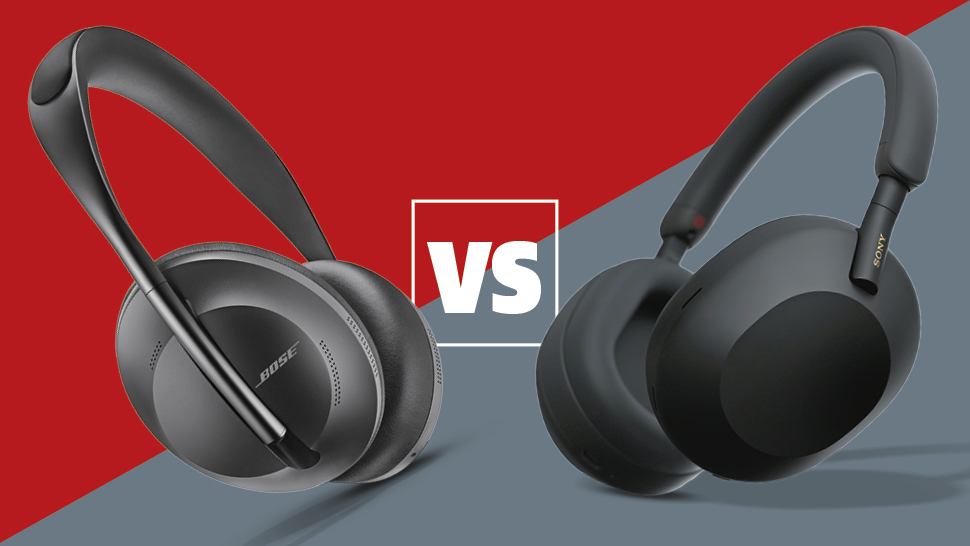
Sony and Bose make some of the best noise-cancelling headphones in the world. Their earbud options are superb, but if you want the best world-banishing experience, it has to be their over-ear models.
While each makes various models in this sub-category, their premium offerings are the real headline acts. Bose's range-toppers are the Noise Cancelling Headphones 700. They have some of the most sophisticated noise-cancelling tech we've experienced, along with a sleek design and intuitive touch controls.
But they face stiff competition from the more recent Sony WH-1000XM5. Sony's line of noise-cancelling over-ears have wowed us over the years, picking up numerous What Hi-Fi? Awards, and the XM5 are the best yet. They offer a new design and superb sound quality, and also provide top-drawer noise-cancelling.
Both are excellent options, but which is right for you? Let's break it down, section by section.
Price
These are both premium headphones, and as such, command premium prices. But there are some deals to be found.
The Bose Noise Cancelling Headphones 700 launched at £350 / $399 / AU$599, but can currently be picked up for just £229 / $379 / $445. That's a big discount for UK and Australian punters, not so much for those in the US. But deals change often, so keep a lookout.
The Sony WH-1000XM5 launched at £380 / $399 / AU$550. They're newer, so deals are harder to come by. But keep an eye on our best headphones deals page, you never know your luck...
Winner: Bose
- B&W Px7 S2e vs Sony WH-1000XM5: which ANC headphones are for you?
Design
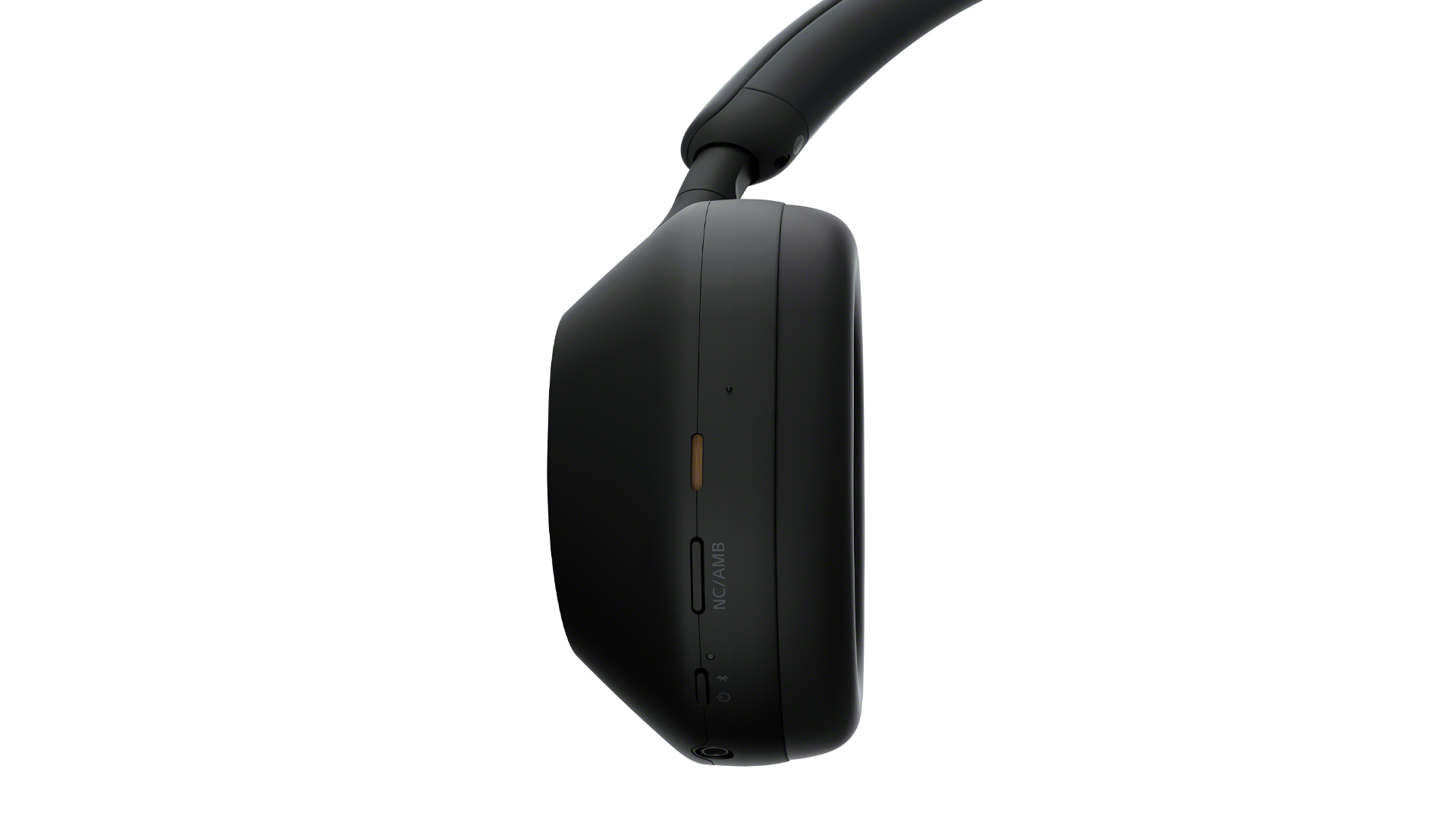
When we first clapped eyes on the Sony WH-1000XM5 we thought we were seeing things. Would Sony really give its multi-Award-winning headphones such a radical redesign? Yes, yes it would. And the cans are all the better for it.
The headband is slimmer than on their predecessors, with a stepless slider – that means they adjust in a smooth motion, rather than clicking into place in increments. Gone is the XM4's swivel arm, replaced by a single contact point. That means the headphones don't fold up, but can still fold flat. You're going to need the bundled carry case.
The XM5 come in black and silver.
The Bose 700 also fold flat and come with their own carry case. We're big fans of their modern aesthetic. The stainless steel headband blends beautifully into the earcups, with the bottom acting as a slider for the cups to move up and down. The chamfered, shimmer-finished cups are reassuringly premium, too.
The 700 are the first Bose pair with touch controls, or you can use the Alexa or Google Assistant voice assistants for hands-free controls.
They're comfortable to wear despite weighing a bit more than the Sonys and arguably feel a little more premium too.
Winner: Bose
Battery life
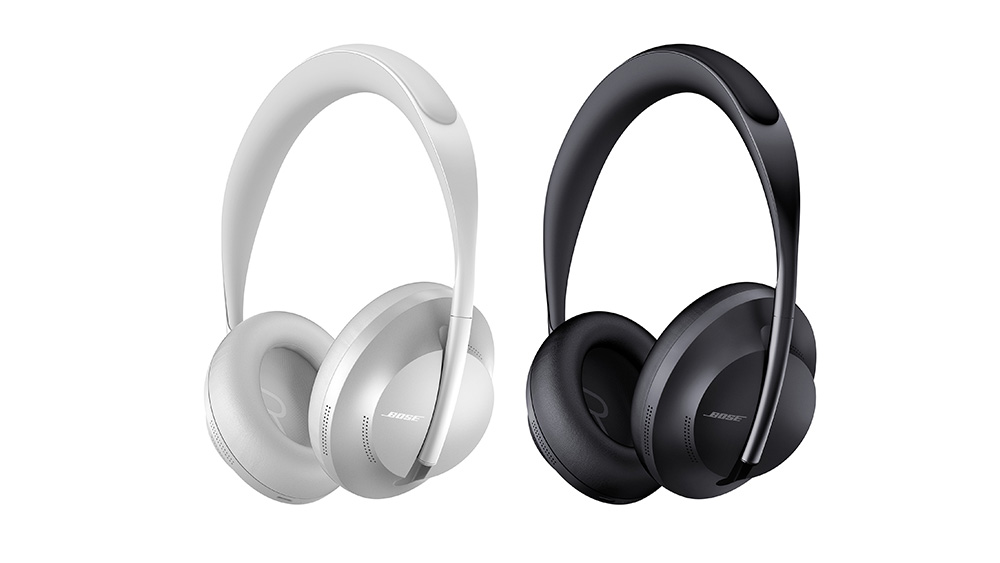
For all the advantages of noise-cancelling, it can take a toll on battery life. The Sony XM5 manage an impressive 30 hours of use with noise-cancelling enabled. Switch noise-cancelling off, and you can squeeze 40 hours out of them – that's two hours more than their predecessors, the XM4.
The Sonys also impress in terms of fast charging. A 10-minute charge gives you five hours of use, while a quicker USB PD charger gives you three hours after just three minutes of charging. This charger isn't included though, so you'll have to buy one separately.
The Bose 700 can't match those numbers. They manage just 20 hours of battery life with noise-cancelling on – that's a full 10 hours short of the Sonys. That disparity could be down to Bose's more advanced noise-cancelling feature. A 15-minute charge gives you three and a half hours of use – again, no match for the XM5.
Winner: Sony
Features
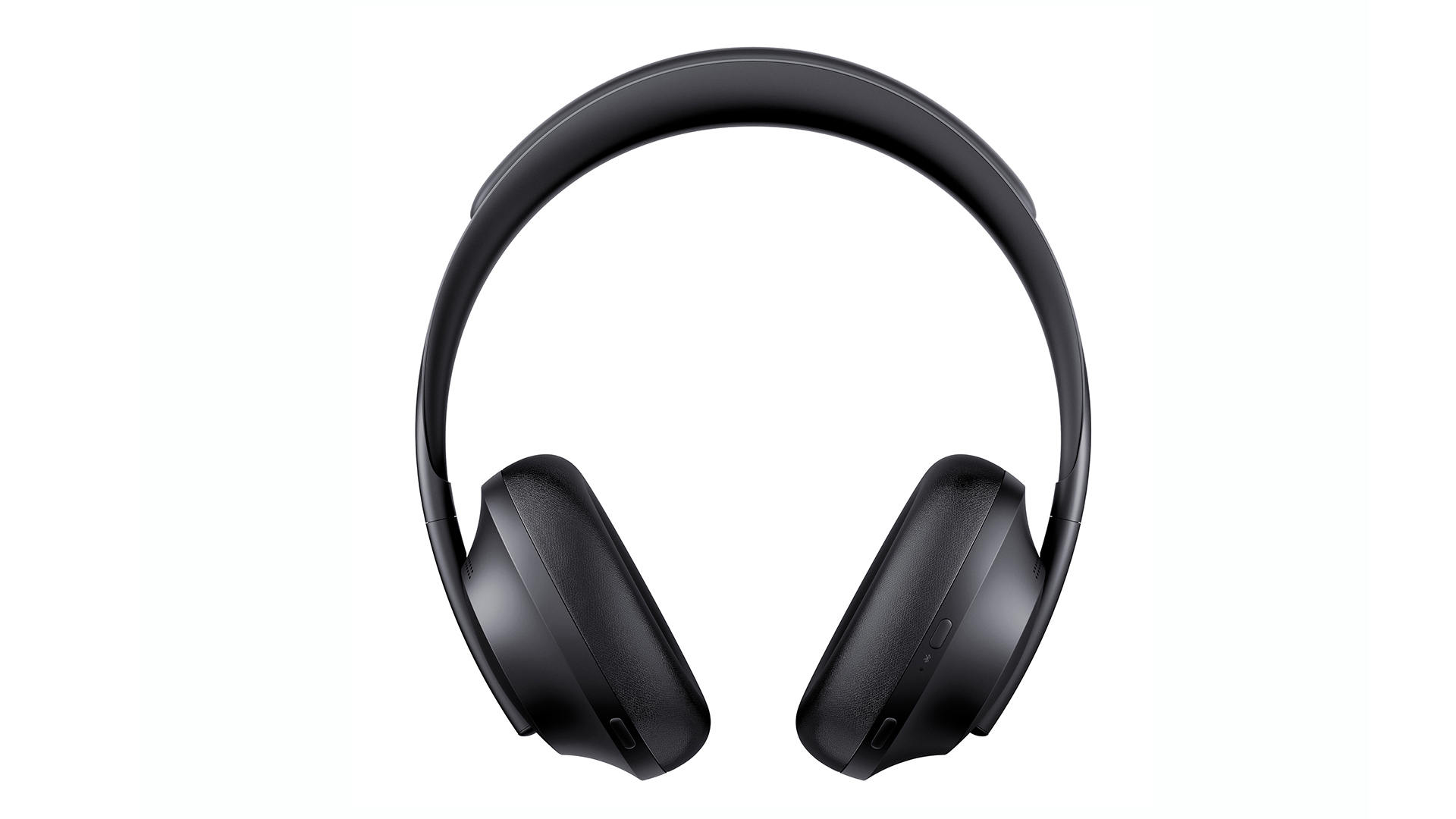
Sony has carried over a lot of features from the XM4 to the XM5. But seeing as the XM4 were bursting with features, that's no bad thing.
You get Sony's DSEE Extreme engine which upscales compressed music tracks to near hi-res quality. For higher resolution music, you can use Sony's LDAC tech, which lets you stream at a higher bitrate than usual Bluetooth. The downside? There's no aptX or aptX HD support.
Want to speak to someone without taking the headphones off? No problem. You can activate Quick Attention (which lowers the volume) by covering the right earcup with your hand, while Speak to Chat pauses playback and lets in ambient sound as soon as you start speaking (well, almost – there is a slight delay).
Wearing Detection has been improved for the XM5, pausing music when you take the headphones off and restarting it when you don them again. You can pair them to two devices at the same time and seamlessly switch between them – handy for listening to music on your laptop and switching to a call on your mobile.
Call quality is fantastic. Sony's Precise Voice Pickup technology uses four beamforming mics with AI-powered noise-reduction, along with wind-noise reduction to help in a gale. All of which makes calls clearer than ever.
The Bose 700 are no slouch when it comes to calls. They use a beamform-array of mics to isolate speech and suppress background sound, while the rejection-array blocks out any sound that might have sneaked through. The mics are adaptive too, so adjust on-the-fly as your environments change (while walking from a busy street into a quiet cafe, for example).
The results are impressive – we found call quality excellent (although the Sonys do pip them), with even loud noises like roadworks not having much impact.
The 700 can pair with two devices at once just like the Sonys, and they too feature voice assistants for handsfree controls. Conversation Mode pauses music and adjusts noise-cancelling so you can have a chat, while Spotify Tap lets you access the music streaming service without taking out your phone. Own a Bose Soundbar? Bose SimpleSync lets you pair it with your headphones, so you can watch without disturbing anyone else in the room.
It's an impressive feature set, but the XM5 have the edge.
Winner: Sony
Noise-cancelling
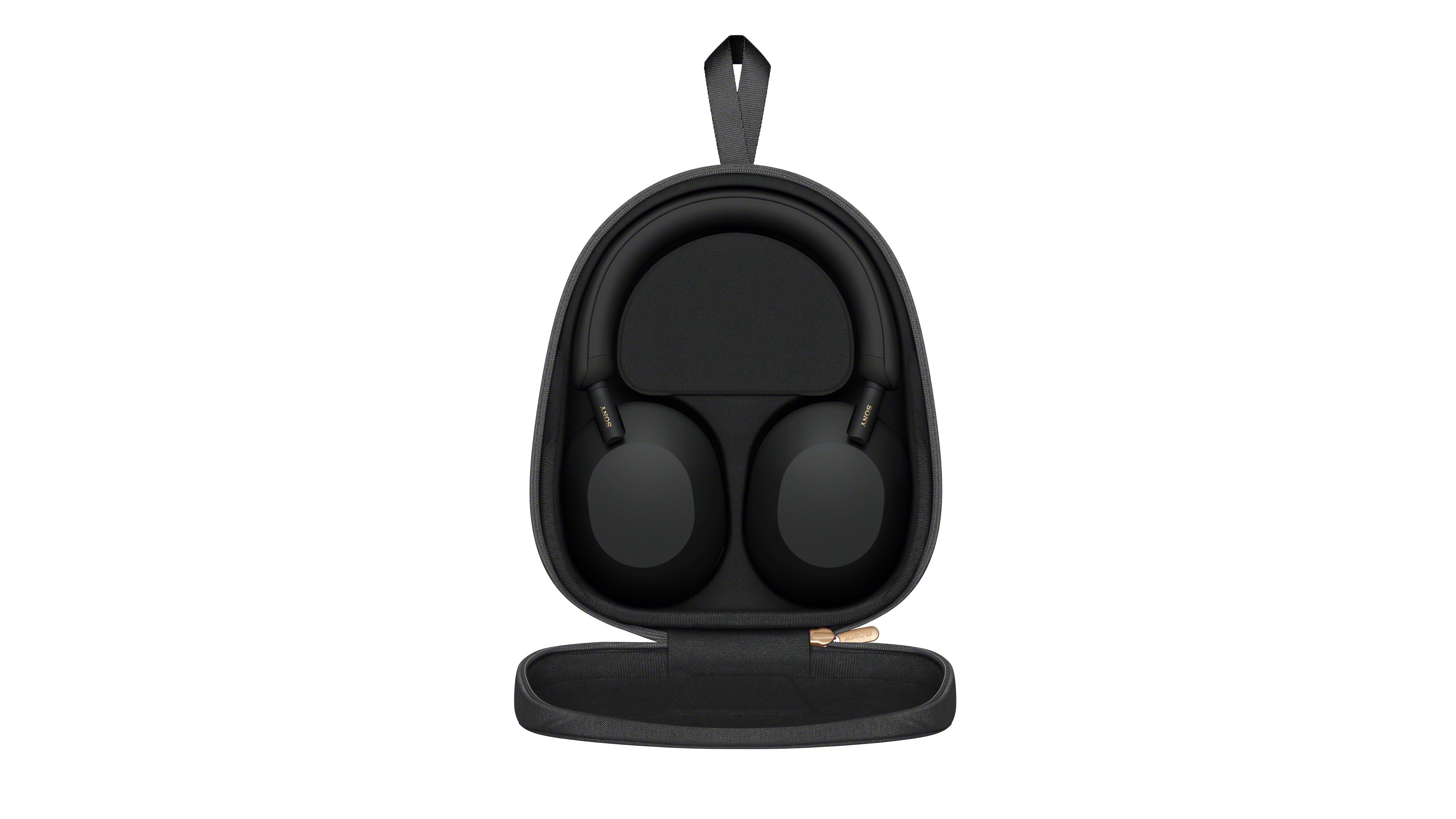
Noise-cancelling is the main selling point of these types of headphones – there's no better way of blocking out the outside world than with an over-ear pair. So which does it better?
Bose invented noise cancelling for consumer headphones, so it's no surprise to hear that the 700 excel in this area. They use a new noise-cancelling system featuring new acoustics and new digital signal processing, and it all runs off Bose's own NC chip. There are no fewer than eight microphones (six for cancelling noise, two for voice pick-up), with an astonishing 11 levels of noise-cancellation (0-10).
Level zero casts a light veil over your environment, still allowing sounds in. Crank it up to 10 and you won't hear a peep (though anywhere from six upwards satisfyingly banishes background noise).
The differences between levels are quite subtle, so you might find yourself skipping two at once to hear a real difference. You change them using the Bose Music App, or you can set three presets (by default, these are set at 0, 5 and 10).
It's one of the most sophisticated and effective noise-cancellation systems we've seen.
Sony's previous XM over-ear headphones focussed their noise-cancelling prowess on low-frequency sounds, but with the XM5, the firm has recalibrated its energies further up the frequency range, putting its Integrated Processor V1 (as found in the WF-1000XM4 wireless earbuds) to the task. It has also employed eight microphones, the same as in the 700.
Instead of setting a level of noise-cancellation, the XM5 automatically optimise the feature depending on your surroundings – this happens dynamically, making tweaks as you move around). It works very well, with the XM5 among the best noise-cancellers out there, especially when it comes to constant noise like train or plane engines.
Winner: Draw
Sound quality
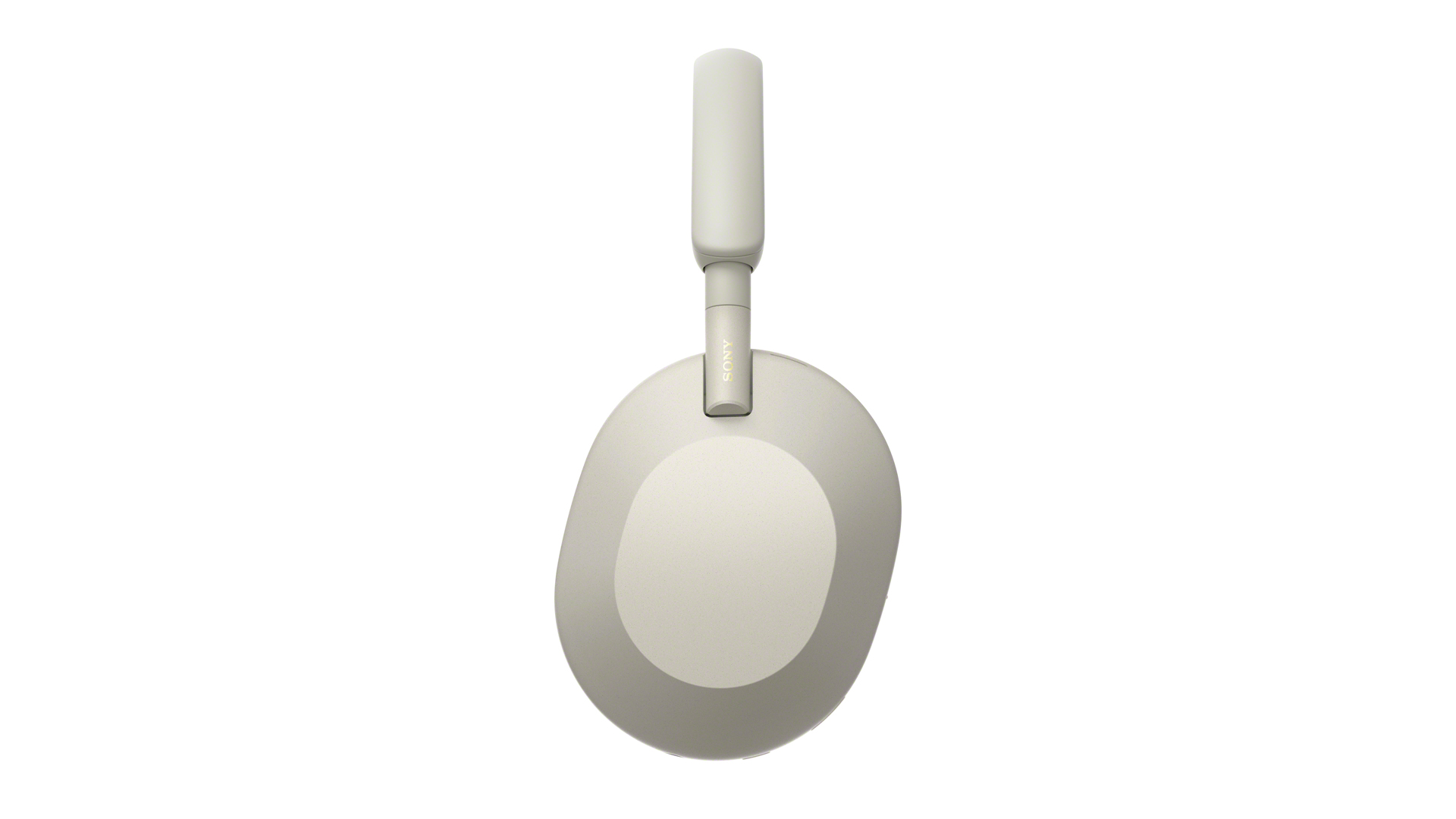
That's the features dealt with. But what are these headphones like to listen to?
Very good, as you would expect from flagship pairs from two marquee brands. The XM5 excel sonically, with an effortlessly musical sound. The XM4 were our favourite-sounding headphones at this price, but the XM5 have actually come on leaps and bounds.
Theirs is a more open sound with greater clarity. Bass notes are rendered with newfound precision, and the level of detail these cans dig up is astonishing. Dynamic shifts are conveyed with aplomb, while their sense of timing is exemplary.
The 700 have that traditional Bose sound – bold, clear and upfront. Their sound quality is comparable to the firm's QC35 II model. But while they sound very good, it's clear that Bose has focussed most of its energies on the noise-cancelling and design rather than the sonics.
It's a fast, spirited sound, but the tone isn't quite as natural as the Sonys, nor the bass as deep or textured. While still very good, the WH-1000XM5 are simply better in all departments.
Winner: Sony
Verdict
If noise-cancelling is your prime concern, Bose's granular approach may well appeal. The 700 also sound very good, have a modern design with plenty of appeal, and can be found cheaper than Sony's best.
But for us, the XM5 have it. They're just as portable, boast more advanced features, superior battery life and flat-out sound better. Noise-cancelling is also excellent. They might be more expensive, but they are the better headphones. If you can afford them, you won't look back.
MORE:
Sonys go head to head: Sony WH-1000XM5 vs WH-1000XM4: which are better?
Sony WH-1000XM6: expected release date and price, 6 features on our wishlist
And two Bose: Bose QuietComfort 45 vs Bose 700: Bose's wireless noise-cancelling headphones compared
What about the XM3? Sony WH-1000XM3 vs XM4: which are better?
See our Sony WH-1000XM5 tips, tricks and FAQ answers
Get the What Hi-Fi? Newsletter
The latest hi-fi, home cinema and tech news, reviews, buying advice and deals, direct to your inbox.
Joe has been writing about tech for 20 years, first on staff at T3 magazine, then in a freelance capacity for Stuff, The Sunday Times Travel Magazine (now defunct), Men's Health, GQ, The Mirror, Trusted Reviews, TechRadar and many more. His specialities include all things mobile, headphones and speakers that he can't justifying spending money on.

